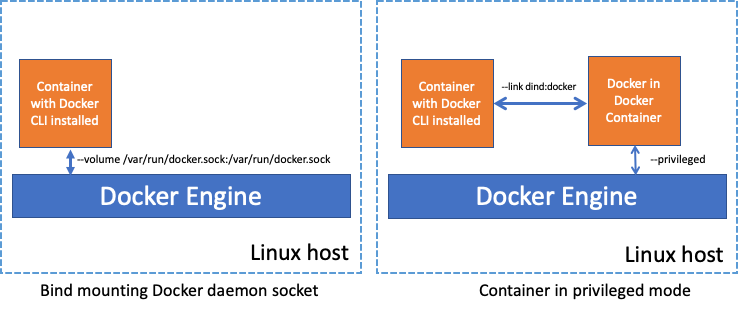Containers
Containerizing Lambda deployments using OCI container images
This post is contributed by Mark Sweat, Senior Software Architect with Koch Industries. Developers looking to run their code with AWS in a serverless fashion have had to make a decision between two separate runtime models – each with a distinct packaging and deployment pattern. The two choices we have had are running functions as […]
AWS Secrets Manager controller POC: an EKS operator for automatic rotation of secrets
In an earlier blog post, we showed you how to mount a secret from AWS Secrets Manager using mutating webhooks. If this secret changes when the pod is in running state, the pod can’t capture the change and continues to use the old secret value. One solution is to terminate the pod and then re-create it. […]
Integrate Amazon API Gateway with Amazon EKS
Since 2015, customers have been using Amazon API Gateway to provide scalable and secure entry points for their API services. As customers adopt Amazon Elastic Kubernetes Service (Amazon EKS) to orchestrate their services, they have asked us how they can use API Gateway to expose their microservices running in Kubernetes. This post shows you how […]
Traffic Encryption in AWS App Mesh across accounts using certificates from AWS Certificate Manager Private CA and AWS Resource Manager
NOTICE: October 04, 2024 – This post no longer reflects the best guidance for configuring a service mesh with Amazon ECS and Amazon EKS, and its examples no longer work as shown. For workloads running on Amazon ECS, please refer to newer content on Amazon ECS Service Connect, and for workloads running on Amazon EKS, […]
Running Airflow Workflow Jobs on Amazon EKS with EC2 Spot Instances
Apache Airflow is an open-source distributed workflow management platform for authoring, scheduling, and monitoring multi-stage workflows. It is designed to be extensible, and it’s compatible with several services like Amazon Elastic Kubernetes Service (Amazon EKS), Amazon Elastic Container Service (Amazon ECS), and Amazon EC2. Many AWS customers choose to run Airflow on containerized environments with […]
Automated software delivery using Docker Compose and Amazon ECS
Note: Docker Compose’s integration with Amazon ECS has been deprecated and is retiring in November 2023 In November 2020, Docker Compose for Amazon ECS became generally available. It is now even easier for a developer to take a containerized microservices-based application from their workstation and deploy it straight to the AWS Cloud. Developers can now run […]
Using Dex & dex-k8s-authenticator to authenticate to Amazon EKS
This post was contributed by Márk Sági-Kazár, Jeremy Cowan, and Jimmy Ray. Introduction In an earlier post, Paavan Mistry introduced us to the OIDC identity provider (IdP) authentication for Amazon Elastic Kubernetes Service (Amazon EKS), a feature that allows you to use an OIDC identity provider with new or existing clusters. Before launching this feature, […]
Building container images on Amazon ECS on AWS Fargate
Building container images is the process of packaging an application’s code, libraries, and dependencies into reusable file systems. Developers create a Dockerfile alongside their code that contains all the commands to assemble a container image. This Dockerfile is then used to produce a container image using a container image builder tool, such as the one […]
Managing compute for Amazon ECS clusters with capacity providers.
Customers running containers are often challenged with having to manage and understand how to run and scale the compute for their clusters. For customers taking advantage of Amazon Elastic Container Service (Amazon ECS) on AWS Fargate, the burden is lifted as the underlying compute layer is fully managed by AWS, enabling the customer to focus […]
Policy-based countermeasures for Kubernetes – Part 2
Choosing the Right Policy-As-Code Solution In Part 1 of this series, we introduced the concept of policy-as-code (PaC), and discussed the following solutions: OPA, OPA/Gatekeeper and MagTape. In this post (Part 2) we will review the Kyverno and k-rail PaC solutions. For Kubernetes, there are several PaC solutions available in the open-source software (OSS) community. […]









